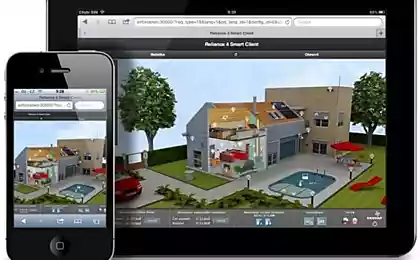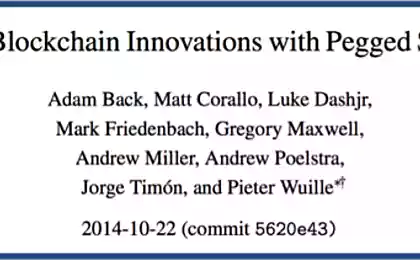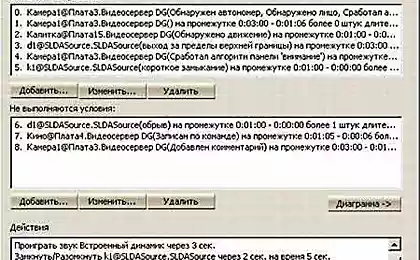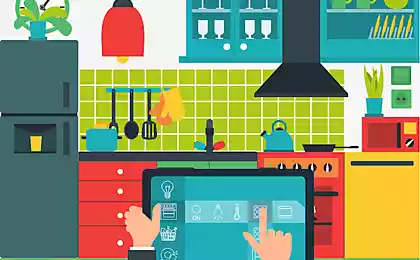433
6 technology, without which the city will not be smart
Of IOT technology, from sensors that monitor the leaking pipes, to smart Parking meters and unmanned buses, designed to hasten the development of connected cities. An overview of the six most important innovations that in the first place should appear in the megacities of the future. 
The first of its kind communications network, LinkNYC, which will replace more than 7,500 pay-phones-phones in new York, the new system Links. Each device provides a fast and free connection to Wi-Fi and a telephone network, the ability to charge a mobile phone or tablet, access to city services, maps and information.

Parking meters LA Express Park was created with funds from a grant from the U.S. Department of transportation and money from the city Fund, the programme to reduce the congestion of transport. Devices connect wirelessly to the data management system and provide remote monitoring, data collection and analysis of counters of time of Parking.

In San Diego and Jacksonville a new system of street lighting with GE sensors, controllers, wireless transmitters and microprocessors for communication, collection and analysis of data collected. It helps to save electricity, collect data on traffic and availability of Parking lots, to analyze the state of the atmosphere. Developers can add new features.

Kansas announced in 2015 plan to transform the Central part into a smart city and has invested in this project over $15 million In collaboration with Cisco and Sprint, the city has developed an initiative that binds to a single ecosystem of smart lighting, digital kiosks, data portal for developers and the smart supply system.

Taking into account the growing needs of the city in clean water, Copenhagen has installed smart meters to measure water consumption and, more importantly, sensors of leakage of pipes. Thanks to them, the loss of the city decreased from 40% to 7%.

The development of Mercedes-Benz, unmanned CityPilot intercity bus designed for rapid transit of passengers. Recently it was tested on the longest for the route is almost 20 km from Schiphol airport in Amsterdam and Haarlem. The route consisted of numerous twists and turns, multiple tunnels and interchanges.
published
Source: hightech.fm/2016/09/02/city-smart

The first of its kind communications network, LinkNYC, which will replace more than 7,500 pay-phones-phones in new York, the new system Links. Each device provides a fast and free connection to Wi-Fi and a telephone network, the ability to charge a mobile phone or tablet, access to city services, maps and information.

Parking meters LA Express Park was created with funds from a grant from the U.S. Department of transportation and money from the city Fund, the programme to reduce the congestion of transport. Devices connect wirelessly to the data management system and provide remote monitoring, data collection and analysis of counters of time of Parking.

In San Diego and Jacksonville a new system of street lighting with GE sensors, controllers, wireless transmitters and microprocessors for communication, collection and analysis of data collected. It helps to save electricity, collect data on traffic and availability of Parking lots, to analyze the state of the atmosphere. Developers can add new features.

Kansas announced in 2015 plan to transform the Central part into a smart city and has invested in this project over $15 million In collaboration with Cisco and Sprint, the city has developed an initiative that binds to a single ecosystem of smart lighting, digital kiosks, data portal for developers and the smart supply system.

Taking into account the growing needs of the city in clean water, Copenhagen has installed smart meters to measure water consumption and, more importantly, sensors of leakage of pipes. Thanks to them, the loss of the city decreased from 40% to 7%.

The development of Mercedes-Benz, unmanned CityPilot intercity bus designed for rapid transit of passengers. Recently it was tested on the longest for the route is almost 20 km from Schiphol airport in Amsterdam and Haarlem. The route consisted of numerous twists and turns, multiple tunnels and interchanges.
published
Source: hightech.fm/2016/09/02/city-smart























